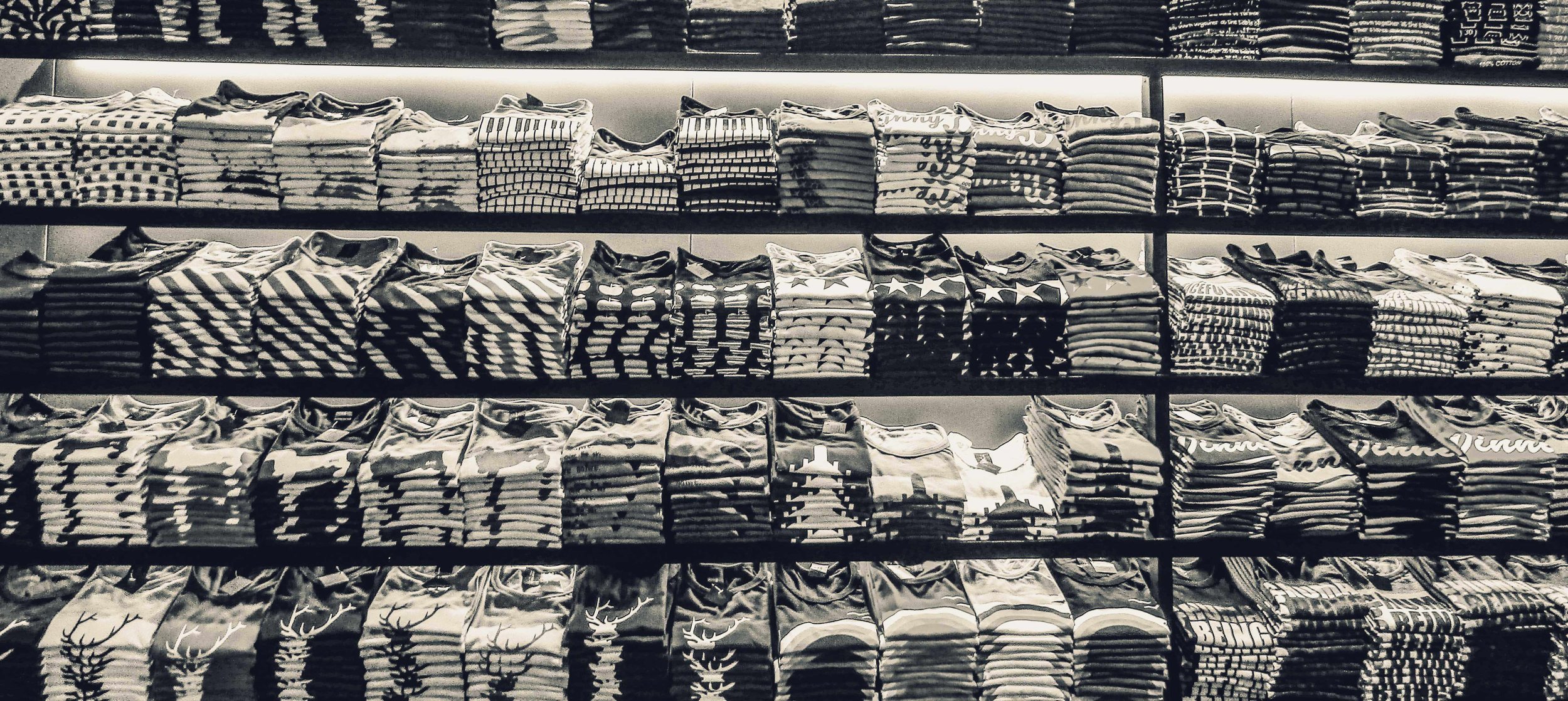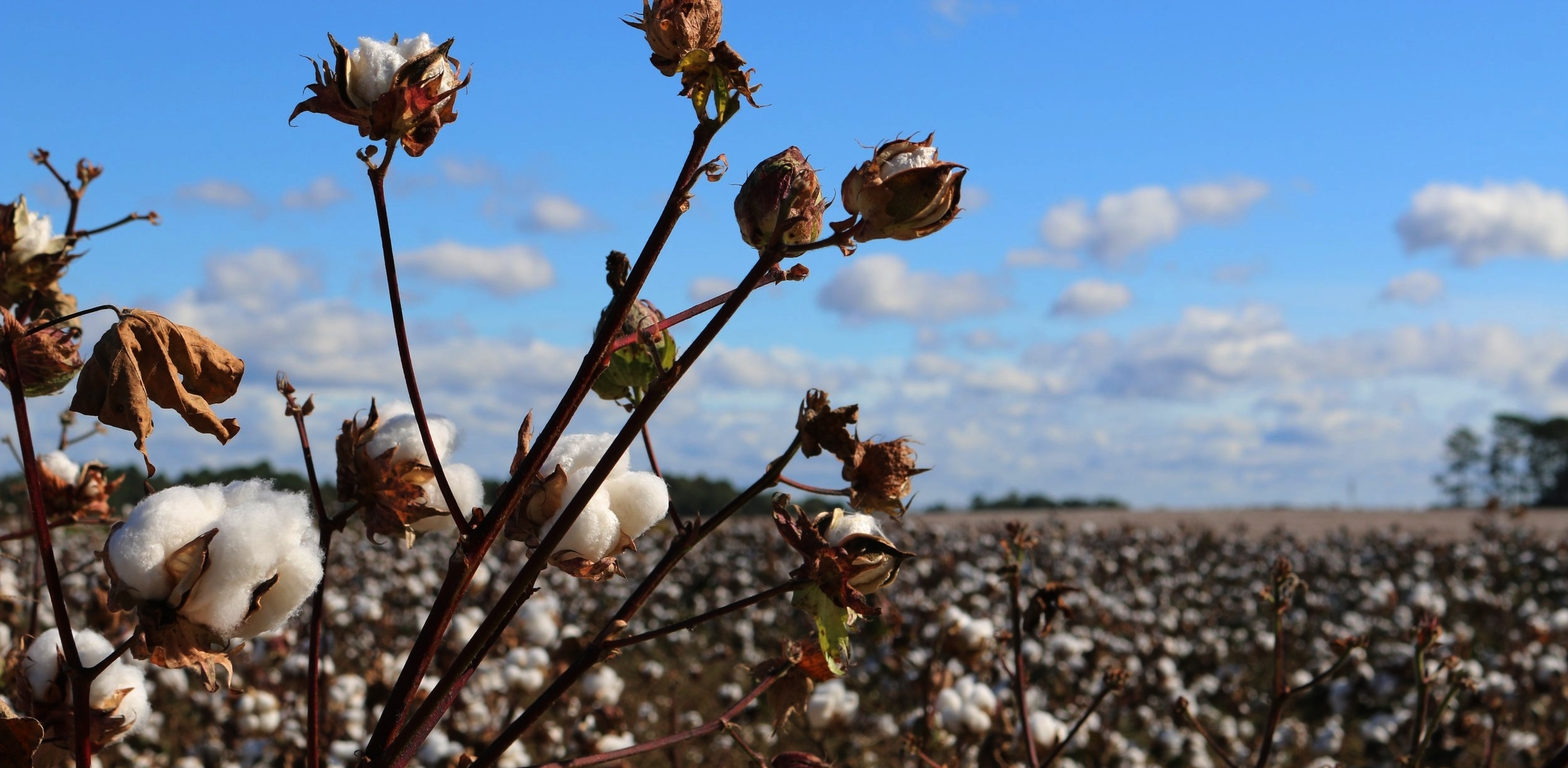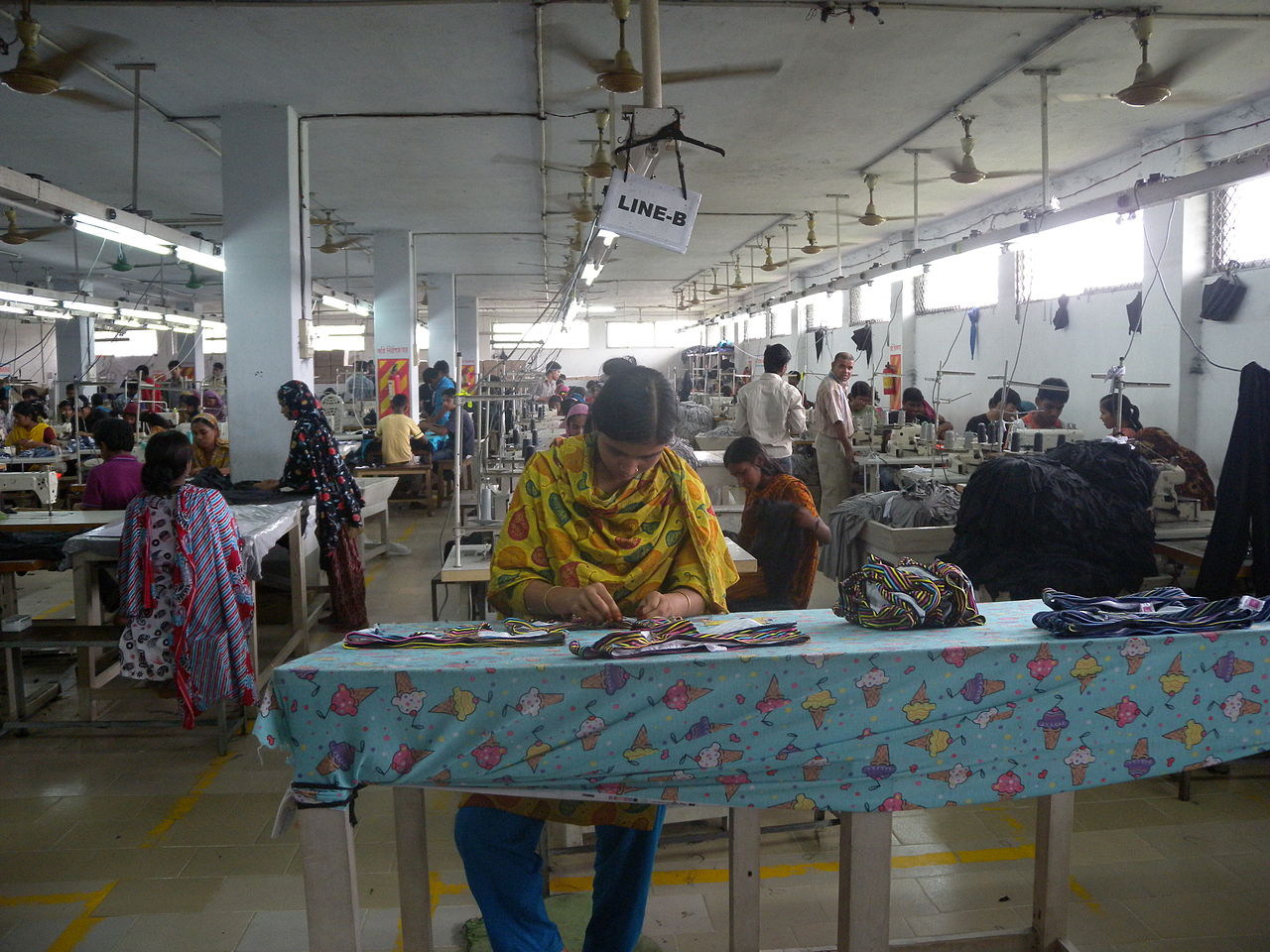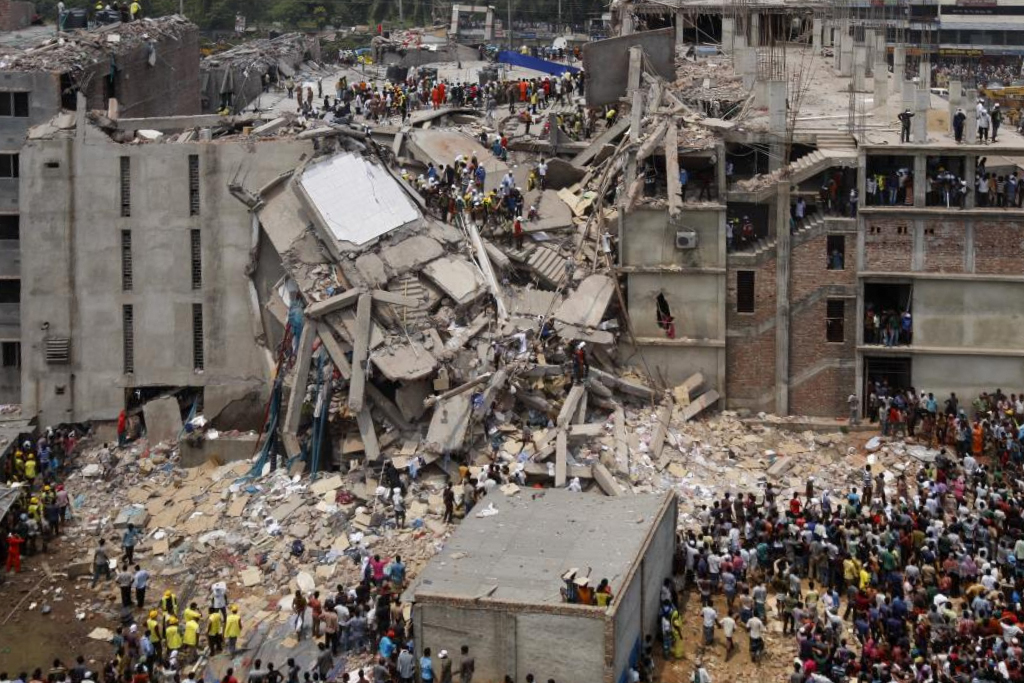“Beware of all enterprises that require new clothes, and not rather a new wearer of clothes.”
Our society, and particularly the millennial generation, has a seemingly unquenchable thirst for constant newness, constant change, and fast fashion is merely a symptom of this. Though, it seems obvious that this is not necessarily a reasonable path to happiness. It's my personal opinion that there shouldn't be anything wrong continuing to experience life with the same things; and we need to start being willing, again, to be overjoyed with each new moment, with the same things in it.
What is Fast Fashion?
Fast Fashion is a term used to describe the practices of most big fashion retailers, where clothing products are designed and manufactured quickly and inexpensively to allow the mainstream consumer to continually buy current clothing styles at a low prices.
In this process, fashion trends are rapidly designed, produced, sold, and turned over in order to get new trends to the market as quickly, cheaply, and as often as possible.
Fast Fashion is a disaster for the planet, the people who work in it, and your wallet.
How does fast fashion affect the earth?
We are flooding landfills with clothing. We send 13 million tons of our clothes to landfills in the U.S. alone. When synthetic textiles sit in a landfill they not only leach toxic chemicals and dyes into local soil and groundwater, but they eventually breakdown into micro fibers and plastics, seeping into the water and washing into the oceans.
The EPA reported that in 2013 the US produced 15.13 million tons of textile waste, of which only 16% was recycled and 12.8 million tons were discarded to landfills.
But it's not just the amount of clothing we are consuming and trashing, it's the way textiles are being grown and produced.
Cotton compromises 50% of all fibers used to make clothing today and use vast amounts of water, insecticides, and pesticides in it's production.
Did you know that it takes 2,700 liters of water — what one person drinks in two-and-a-half years — to make one cotton shirt?
Modern cotton production accounts for 11-18% of worldwide pesticide use and 25% of total insecticide use. Unfortunately, the impacts of these chemicals on human health and the environment remain mostly untested, though they are starting to be called into question by those working in the industry. Aside from the pesticides being sprayed on the cotton entering local water sources and polluting Earth's ecosystems, it is unknown if these chemically laden textiles negatively impact those of us who wear them. Given that our skin is the largest organ, and tends to absorb things it comes into contact with, concerns of these chemicals passing into the bloodstream of those of us wearing these clothes has also been raised.
Lack of research is the enemy, but won't be conducted or funded without demand from ethical consumers.
How does fast fashion affect People?
A clothing textile garment factory / assembly line in Bangladesh. Photo by: Tareq Salahuddin
There has been a dramatic shift in how our clothing is produced, and also where it's made. In the 1960s the US made about 95% of the apparel worn in our country. But today, according to the American Apparel & Footwear Association, more than 97 percent of apparel and 98 percent of shoes sold in the U.S. are made overseas. Labor has been exported to keep the bottom line low, at the cost of worker's pay and working conditions.
Cotton Farming
Here's the most simplified breakdown of what is happening with cotton farming in places like India:
- Because Nitrogen Fertilizers don't do well with native plants, GMO cotton was developed
- GMO cotton was developed by Monsanto in order to make it pest resistive, but also gave Monsanto a monopoly on seeds
- Farmers therefore go into debt getting seeds, then the plant doesn't deliver on the promise of controlling pests, so farmers need to use pesticides anyway
- After so long the pesticides wreak havoc on the soil and the local people in the form birth defects, cancers, and mental illness (severe retardation and mental handicaps)
- Farmers, laborers, and other people in the lower echelons of society negatively affected by these costs of toxic fertilizers and pesticides cannot afford treatment
- If the farmer cannot afford his costs, he looses his land to the cotton and pesticide companies.
“In the last 16 years there have been more than 250,000 recorded farmer suicides in India ... it is the largest recorded wave of suicides in history.”
On Wednesday, 24 April 2013 in the Savar Upazila of Dhaka, Bangladesh where an eight-story commercial building named Rana Plaza, collapsed. The search for the dead ended on 13 May 2013 with a death toll of 1,129. Photo by: Jaber Al Nahian
Rana Plaza
On April 24, 2013 the Rana Plaza building in Bangladesh collapsed, killing 1,135 people; the country’s worst industrial disaster to date. The Rana Plaza Building was a factory serving big name fashion retailers including Primark, H&M, Marks & Spencer and Inditex (which owns Zara) (The Guardian).
Honestly, I don't think I need to explain how terrible a loss of life on this scale is, however, what makes this sort of disaster even worse is that it was caused by people in power being negligible. Workers had expressed concern over cracks in the building, and with all the big name retailers involved, there was certainly enough money to have that building inspected and up to date.
The bottom line
In 2014 there were 57.8 million people employed in the textiles & clothing industry worldwide, and it is not safe for those people to go to work and attempt to make a living and that is unacceptable. We, as members of a society capable of making decisions about what we consume, are responsible fore ensuring that this industry changes to properly compensate and appreciate the millions of people who work in the global fashion industry.
How does fast fashion affect my wallet?
“Millennials have been robbed of what might have been previously considered their rights, including free education and an affordable place to live; instead they are distracted and satiated (to varying degrees) by fast food, fast tech and fast fashion.”
Fast fashion is big business. It's hard to perfectly estimate what the industry is worth, but one congressional report puts the global fashion industry at $1.2 trillion, with more than $250 billion spent in the U.S. alone. In 2016, the average household spent an average $1,803 on apparel and related services.
A driving force behind fast fashion is the idea of quantity over quality. Clothing is made to fit it's micro-season, not to serve a useful purpose and last you years. Companies like Gap, H&M, and Forever 21 rely on high turnover of trends to profit off of products produced for so cheap at such a fast rate. In this system, the consumer purchases clothing, uses it for a short period of time, then discards it an buys a new article every few months or years.
One question we often fail to ask ourselves is: Do we really need this much clothing? The answer is probably not, certainly not with such a high turnover. And that's not even coming from my minimal(ish) mindset. You can be incredibly fashion forward, have a huge closet and still have it be green! But the average American tosses out approximately 68-82 lbs of textiles every year, which is certainly not an effective use of your money. And since many clothes are made of synthetic materials, thats all plastic going directly into the landfill! We don't value our clothing, because it's honestly not worth much when it's made with cheap materials and as a part of a system that totally disregards the people working to make it work. And even when you donate clothing, only 10% of it gets resold, the rest - 13 trillion tons - get sent to landfills.
the good news
The good news is that if you are reading this blog, you are most likely the one with the wallet. This doesn't mean you need to be in the high, esoteric echelons of society. If you aren't living in a third world nation in third world conditions, you have the capability to influence change using your wallet. Don't throw away that incredible opportunity to support artisans and companies who are working to change the fashion industry for better, use it for good!
How do I opt out of Fast Fashion?
Opting out of fast fashion can be difficult or easy, depending on who you are and your consumption patterns, but it basically boils down to these simple guidelines:
- Borrow, Don't Buy - If you have an event that you need a dress or something specific for, ask you friends if you can checkout their closets for dresses, shoes, etc. My girlfriends and I often do this for weddings and other special occasions. You can also use sites like Rent The Runway for such things.
- Buy Used - buying used can mean anything from buying your friends old items, to hunting through a Goodwill, to using sites like thredUP and Worn Wear. Buying gently used items is not only excellent for your wallet, but for the earth too! Once a piece of clothing has been made, the longer we can use it, the better!
- Buy Ethically and Quality - Start being an educated and ethical consumer. Choose to no longer move passively through department stores or retail sites, but be critical of the clothing you buy, and demand that your clothes not only be beautiful, but be high quality and made in both an environmentally and socially responsible way. This can take some doing, but it is so very worth it.
In the zero waste and slow fashion world, many of us agree that investing in fewer higher quality clothes ends up saving you time, energy, and money because each piece lasts longer in your wardrobe, and after. I also find I feel much more invested in my clothing when I am educated on the company, and manufacturing process behind each article.
I want to know more!
There's so much to investigate, study, and learn about where our clothes come from. I felt that the True Cost Movie (still on Netflix as of March 2018) did an excellent job documenting the world of fast fashion, and would definitely recommend it for anyone interested in opening their eyes a bit more to what goes into making your clothes!
References
Barenblat, Ayesha. “Fast Fashion Is A Disaster For Women And The Environment.” Forbes, Forbes Magazine, 26 July 2017, www.forbes.com/sites/quora/2017/07/26/fast-fashion-is-a-disaster-for-women-and-the-environment/#288f80b51fa4.
Environmental Protection Agency. “Advancing Sustainable Materials Management: Facts and Figures Report 2013.” EPA, Environmental Protection Agency, 14 Mar. 2018, www.epa.gov/smm/advancing-sustainable-materials-management-facts-and-figures-report.
Fernando, Jason. “Fast Fashion.” Investopedia, 8 Dec. 2017, www.investopedia.com/terms/f/fast-fashion.asp.
Joint Economic Committee, US Congress . “The Economic Impact of the Fashion Industry.” 6 Feb. 2016, maloney.house.gov/sites/maloney.house.gov/files/documents/The%20Economic%20Impact%20of%20the%20Fashion%20Industry%20--%20JEC%20report%20FINAL.pdf.
Laird, Lynda. “India's Farmer Suicides: Are Deaths Linked to GM Cotton? – in Pictures.” The Guardian, Guardian News and Media, 5 May 2014, www.theguardian.com/global-development/gallery/2014/may/05/india-cotton-suicides-farmer-deaths-gm-seeds.
Plell, Andrea. “The Story Behind Your Fast Fashion Jeans.” Remake, 31 Mar. 2017, remake.world/stories/films/evergreen-jeans/.
Rushe, Dominic. “Unions Reach $2.3m Settlement on Bangladesh Textile Factory Safety.” The Guardian, Guardian News and Media, 22 Jan. 2018, www.theguardian.com/business/2018/jan/22/bandgladesh-textile-factory-safety-unions-settlement.
Strijbos, Bram. “Global Fashion Industry Statistics - International Apparel.” Fashionunited, 2016, fashionunited.com/global-fashion-industry-statistics.
Tan, Zhai Yun. “What Happens When Fashion Becomes Fast, Disposable And Cheap?” NPR, NPR, 10 Apr. 2016, www.npr.org/2016/04/08/473513620/what-happens-when-fashion-becomes-fast-disposable-and-cheap.
Whitehead, Shannon. “5 Truths the Fast Fashion Industry Doesn't Want You to Know.” The Huffington Post, TheHuffingtonPost.com, 19 Oct. 2014, www.huffingtonpost.com/shannon-whitehead/5-truths-the-fast-fashion_b_5690575.html.
Williams, Roy. “How to Build a Socially-Responsible Global Supply Chain.” The Guardian, Guardian News and Media, 29 July 2013, www.theguardian.com/global-development-professionals-network/2013/jul/29/responsible-business-retail-supply-chains.
World Wildlife Fund. “The Impact of a Cotton T-Shirt.” WWF, World Wildlife Fund, 16 Jan. 2013, www.worldwildlife.org/stories/the-impact-of-a-cotton-t-shirt.
